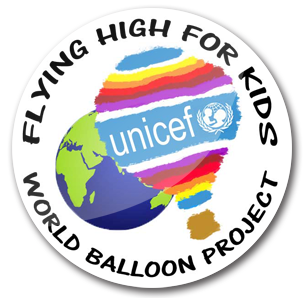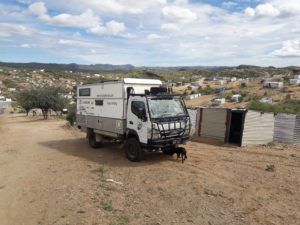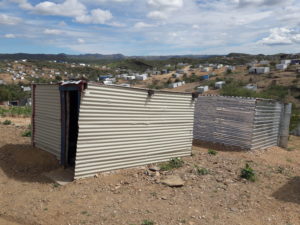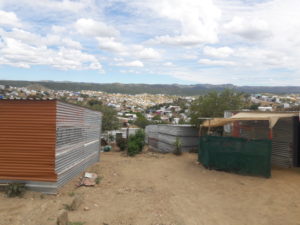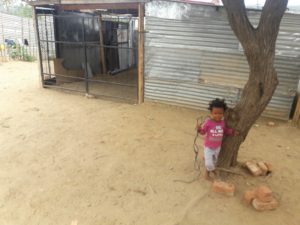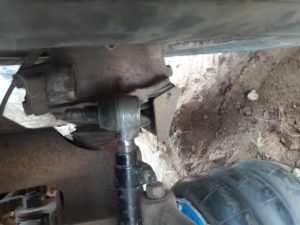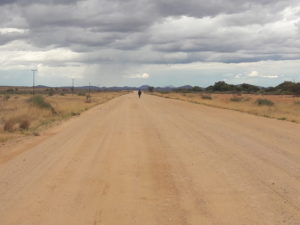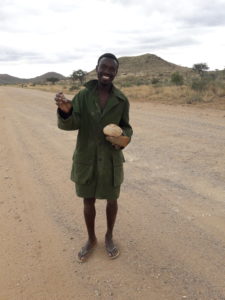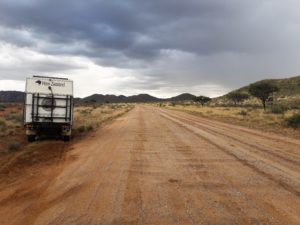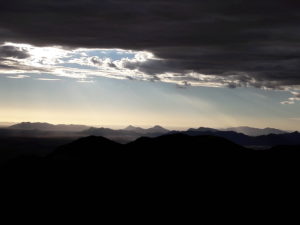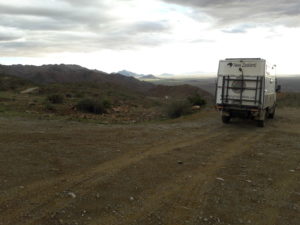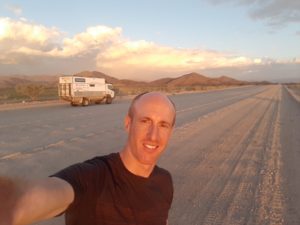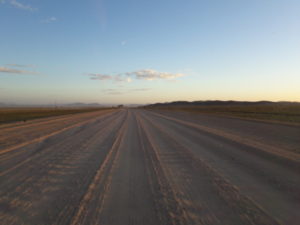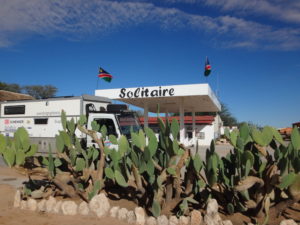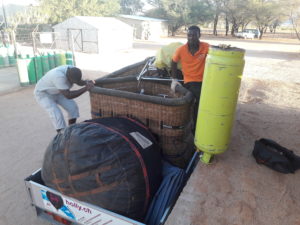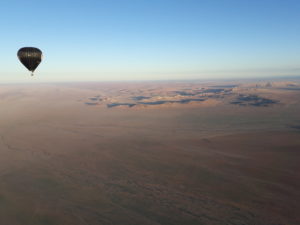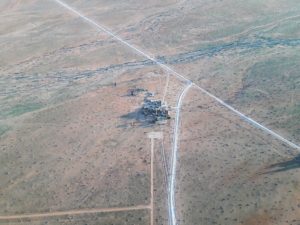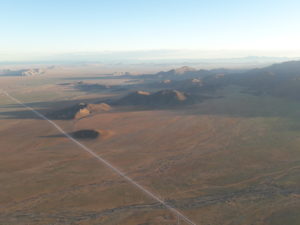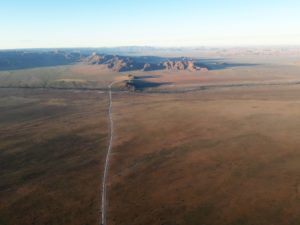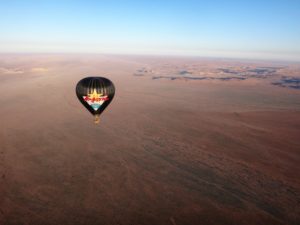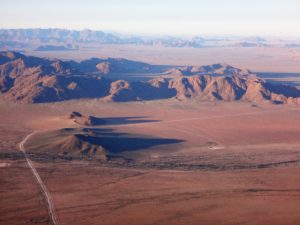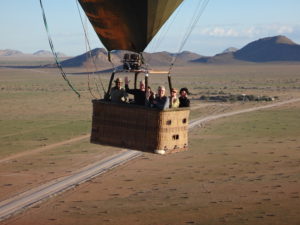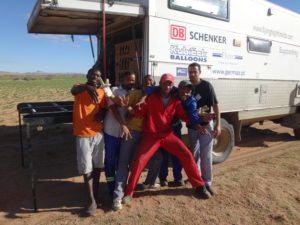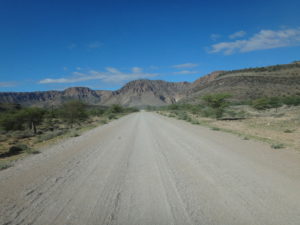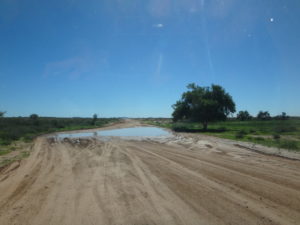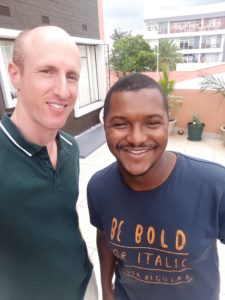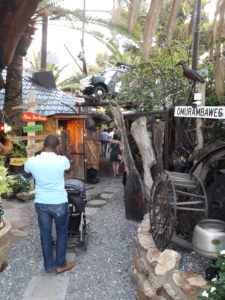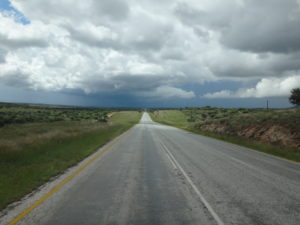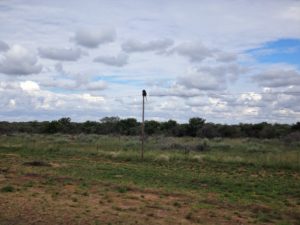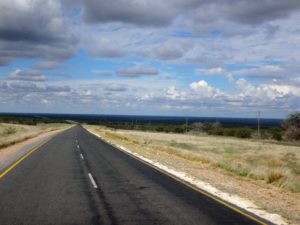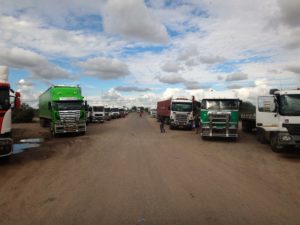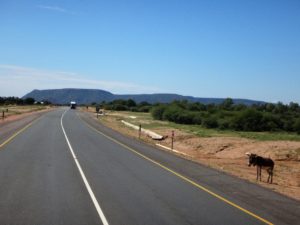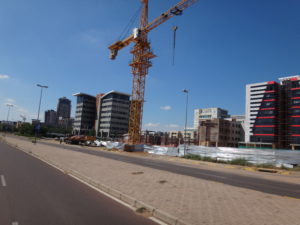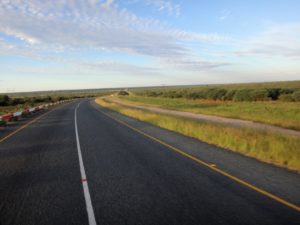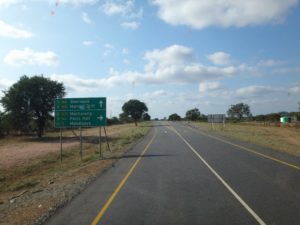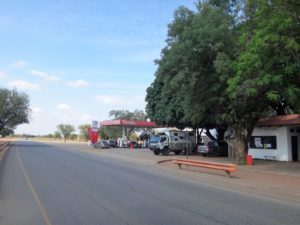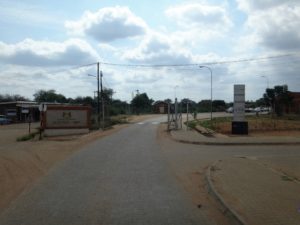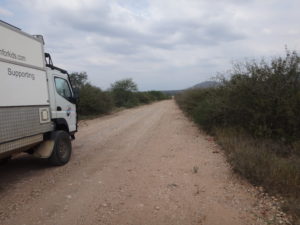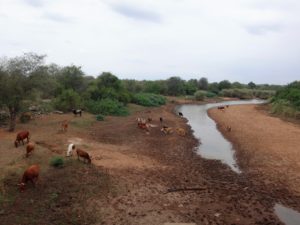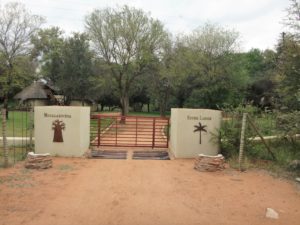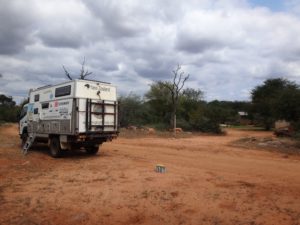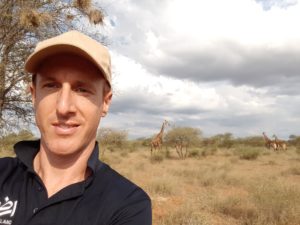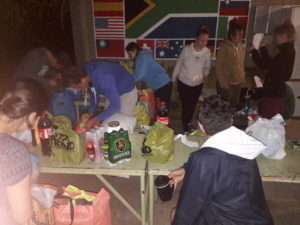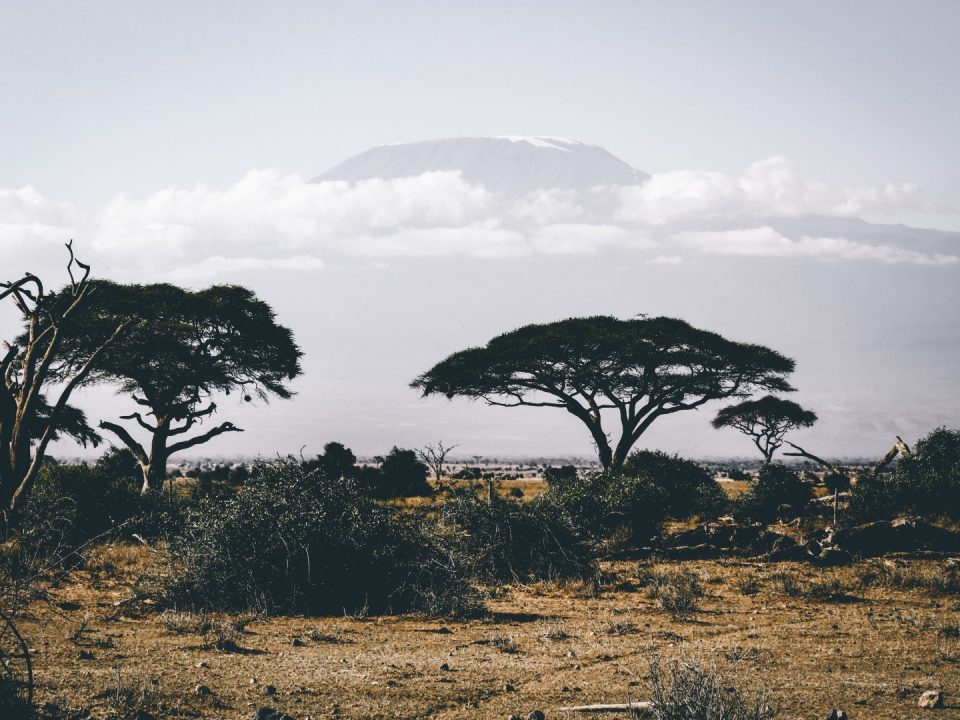Namibia, Botswana and into South Africa: 7 April to 16 April 2018
Zimbabwe, Botswana, and fun in Namibia
September 4, 2017South Africa and Lesotho. 17 April to 23 April 2018
April 17, 2018My flight left Dubai for Johannesburg at 4am. It was good get back into the project after an eight month stint of commercial balloon flying in Dubai. I have to find the balance between working and saving money to continue on with the project.
I arrived into Johannesburg and had a short connection to Gaborone, Botswana. I had originally been planning to park the truck in Gaborone instead of Windhoek, but the truck robbery put me behind schedule, so I kept the original flight to Gaborone, then added an extra flight to Windhoek, (via Johannesburg).
I was back onto another flight to Johannesburg, and another quick connection to Windhoek. It was quite a tour of southern Africa by the time I arrived at 8pm.
I left the B and B I stayed at early the next morning to collect my truck. I was interested to see whether it was still in one piece. A worker met me at the gate, (as it was a Sunday) and released the truck.
I was returning there later in the week to get a couple of more things done.
I picked up one of Samawati Ballooning’s ground crew, (Michael) from a church service, to take him to Solitaire. We stopped by his place, which he had recently bought. It was down a very bumpy track. All the houses were made of corrugated iron, and all had their own small sections. A lot of the Namibian Defence Force and police lived around his area, so he felt quite secure.
He picked up a couple of things and we were off to Solitaire.
We stopped in Rehoboth for lunch, then it was 180kms to Solitaire on a dirt road. The road was not as well graded as when I drove it last year. There had been a bit of rain, which meant roads were more corrugated than usual.
Just as we hit a particularly rough patch, I found I had no steering and we were going off the road. I managed to stop the truck before it went too far off the road. I had a pretty good idea of what had happened: in Windhoek the steering arm had been replaced and I guessed it had come loose. Sure enough, that’s what it was. Someone had forgotten to tighten the nuts and put a split pin in, so one end of the steering arm was out. We were very luck we were only travelling at 60km/h and there was nothing on the side of the road. It looked quite strange to see one wheel pointing to the left, and the other to the right.
The area was quite isolated and I had to use a Belgium guy’s phone, (his family had stopped for a short time to see if we needed help). I called the mechanic in Windhoek and asked if there were any specific instructions to put the steering arm back in.
Between Michael and I, we worked it out. We walked down the road to find the nut, Michael amazingly found it. Without it, we would’ve had more difficulties.
A German family stopped later to help out. We jacked the truck up, put the pin back in, (which was harder to do than expected), tightened it up, and used some spare fencing wire from a nearby fence to lock it in. It took about 2.5hrs to complete. I was lucky to have picked up Michael, it would’ve been difficult to do by myself.
Luckily it happened there, as we were not far from a very steep and windy bit. I don’t want to think what could’ve happened if it came out there.
We arrived into Solitaire just after sunset and caught up with the local balloon company owner, John, and a number of other locals I had met from when I was there last August. We had dinner and a well deserved couple of beer. As I found out, it was also Michael’s Birthday. Definitely a memorable one.
It was a quiet day the next day. I caught up on a few things with the truck, and prepared for the flight the following morning. Solitaire is an interesting town. In 1948, Willem Christoffel van Coller bought 33,000 hectares of land from the South West Administration (the government of Namibia at the time) for the purpose of farming Karakul sheep. The land was previously an undeveloped area called Areb.
The area was named Solitaire by Elsie Sophia van Coller (wife of Willem Christoffel van Coller). The name was chosen because of two meanings. Solitaire can mean a single set diamond, and Solitaire can also mean solitude or loneliness. Combined these two meanings create the definition of being unique or one-of-a-kind, and a precious but solitary place.
Because of its remoteness, it is a popular tourist stopover. A must-have is their famous apple crumble.
It was interesting to meet the locals running Solitaire, as well as getting to know the current owners, a lively couple from the USA who made their money with oil and gas.
The next morning was more windy than forecast. I attempted to inflate the balloon, but it was too much in the end. When you start moving a 7ton truck, you know it’s time to stop.
We had a bbq in the evening with a few of the locals. It was great to hear some of their stories of the place.
Conditions were perfect the next day. John also had passengers, so it was nice to fly alongside another balloon. The scenery is stunning. The desert is one of the oldest in the world, and to see the sun rising over the huge expanse is something to behold. It was a nice reward after so many challenges in Namibia.
We didn’t fly very far over the 50minutes, I could even walk back to the truck to pick it up.
After packing the balloon, I left Solitaire and took a different road to Windhoek. It was slightly longer, but a bit easier. I also took one of the local workers to his village, which was on my way. He was heading home for a few days.
The road was better, though you could see where the road had been affected by recent rain. It makes the corrugations much worse and you can see where water has washed over the road.
I arrived into Windhoek in good time and headed to the mechanic to get more work done. I was dropped off downtown and went for a meeting with the Managing Director of Puma Namibia. I had been in touch with him a few months earlier about the truck’s robbery at the petrol station. Puma are the supplier of the service station. He was genuinely concerned and sincere, and put pressure on the service station on behalf of me.
I met John and his Family after he had also returned to Windhoek. We had a very nice dinner at a well known Windhoek restaurant, Joe’s Beerhouse, a place full of character with old bits and pieces hanging everywhere.
It was an easy morning the next day, then an afternoon at the mechanic’s. They couldn’t replace the bushes as they were very well jammed in, and they didn’t want to break a bolt when they took them off. They did a few other small jobs and I took the truck at the end of the day and had dinner with John in the evening.
I bought some tools the next day, said goodbye to John and Family, then hit the road towards Botswana. It was somewhat of a relief to leave Windhoek after all the problems I had there. Namibia is a spectacular country, which I think everyone should visit. I certainly had my fair share of bad luck though. It hasn’t stopped me from wanting to return, I’ll definitely be back to explore more.
There were some heavy showers just outside of Windhoek, then it was a clear run all the way to the Botswanan border. The road is straight and easy and I made good time. Border formalities were quick and I stopped at the border town to change money and buy a sim card. I was asked by the person at the exchange if I could take a friend of hers to her town. I agreed, and I dropped her off about 100kms down the road in Tshootse, a small town on the Trans-Kalahari Highway. She was going to her cousin’s wedding.
I was aiming to stay at a town which I had assumed was at a turn-off. As it turned out, the town was about 30kms in the wrong direction. It was just going on dark, and it isn’t a wise idea to travel on the roads at night due to all the animals on the road. I had the choice of going 30kms in the wrong direction, or 220kms in the right direction, I took the risk and chose the 220kms, hoping there would be a service station to stop by for the night. I was wrong, there was nothing for 220kms, not even a light. There was no chance of falling asleep as there were cows and horses all along the sides of the road. I had a close call with a horse walking down the middle of the road which required an evasive maneouvre. Luckily I have the LED lightbar, without it, I wouldn’t even attempt travelling such a road at night. The road is straight and the surface is good, so the actual driving was not a problem.
I was happy to arrive into the town of Kang at 9.30pm, having travelled 700kms since Windhoek. I had some chicken and chips in the local restaurant and parked at the back of the petrol station for the night, next to some petrol tanker trucks.
I hit the road at 8am the next morning and headed for he town of Kwangje to exchange money at the bank, (which was open until 12pm, as it was Saturday). I arrived at the bank at 10.45am, waited in line for about 35mins, only to be told that their foreign exchange system was down and they couldn’t do anything for me.
I headed to Gaborone, another couple of hundred kilometres down the road, where I found a shopping centre. The bank had closed and the currency exchange had a terrible rate. I had lunch and asked a local truck driver where I could exchange money. Fortunately, he knew Gaborone very well, and all the banks. He told me to go to another shopping centre where one was open until 4pm. Sure enough, it was open and I managed to change some money.
I filled up with fuel and got talking to one of the locals who was also filling up his car. There was an Indian celebration going on with a big parade, so the road I was about to go on was completely jammed. He told me to follow him, and he led me down some back roads to get onto the main highway. Lucky for that!
After another couple of hundred kilometres, I parked for the night in a hotel’s carpark. Driving is easy in Botswana. There is basically only one main road which goes around the country. The road is more or less flat, except for a few hills in the south of the country. You are either driving through low bush or grasslands. Botswana is well known for it’s conservation, and it still feels like you’re in the wilderness. Its quite underpopulated for its size.
I headed for the South African border at 7.30am. I stopped at Sherwood and Martin’s Drift to fill up with fuel and supplies. Fuel is quite a bit cheaper in Botswana.
Border formalities were straightforward and I was through in about 30 minutes. There were a long line of trucks on the South African side waiting to cross into Botswana.
I turned off the main road to head towards my destination, Simson. The road started out well, but became worse and worse, full of potholes. Even a bush runway, (which was part of the road) was full of potholes. I certainly wouldn’t want to try landing a plane there.
I turned off down a track hoping it would be a bit smoother, but it was also quite corrugated. I was happy to reach my destination, Mogalakwena Lodge and Research Centre, which sits on a 1400ha reserve. As soon as I drove in, a giraffe popped out from behind a tree. It was quite a welcome.
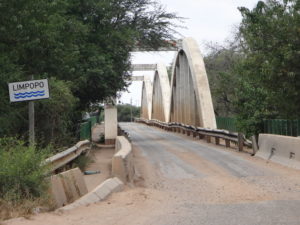
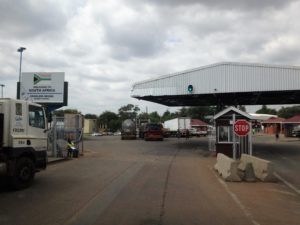
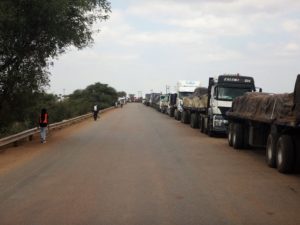
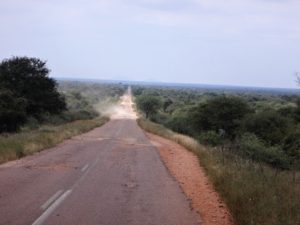
I was met by the Head Researcher, Ralf. He showed me around. It’s a very nice spot, by a river, though there is not much water as the rainfall has been low this year.
When I was walking around my truck, I noticed a smell of Sulphur. There’s a city in New Zealand, Rotorua, which often has the same sulphur smell due to geothermal activity, and it reminded me of that. I knew there was no geothermal activity, so I put 2 and 2 together and guessed it was the battery. Sure enough, one of the trucks batteries was hissing away and scorching hot. Luckily it didn’t catch on fire. I took the battery out, which is quite a complicated procedure on my truck.
I asked Ralf where I could find a new one. He asked around, and one was found in a city around 200kms away, Polokwane. Ralf, very luckily, was going there a couple of days later, and said he would pick it up.
The next day was spent doing maintenance, cleaning, and I walked into Simson to buy food. It was a nice walk through the bush. I spotted some giraffe and Zebra not too far off the track and could get quite close to them. Giraffe are amazing up close.
Simson is a small town, with only one small market and a liquor shop. The locals were very friendly. One offered me a lift for the last bit to the shop.
I spent the evening speaking to the researchers, from universities in France, Germany and The Netherlands. They are there for five months as part of their university studies.
Tomorrow I head to Modikwa School in Simson to speak to the kids.
